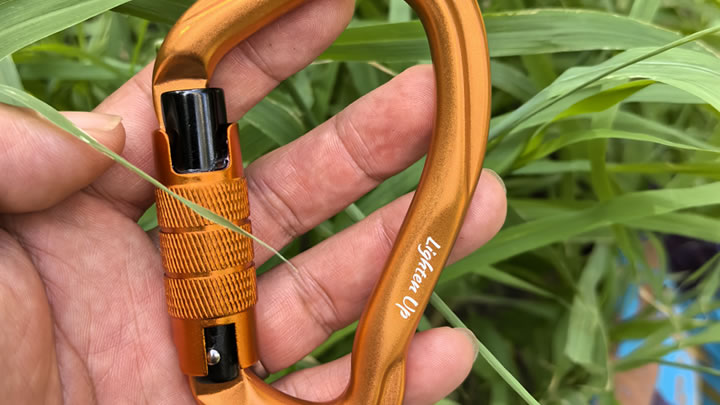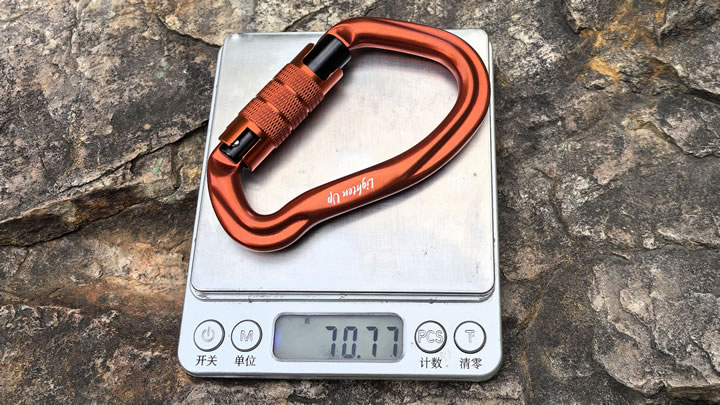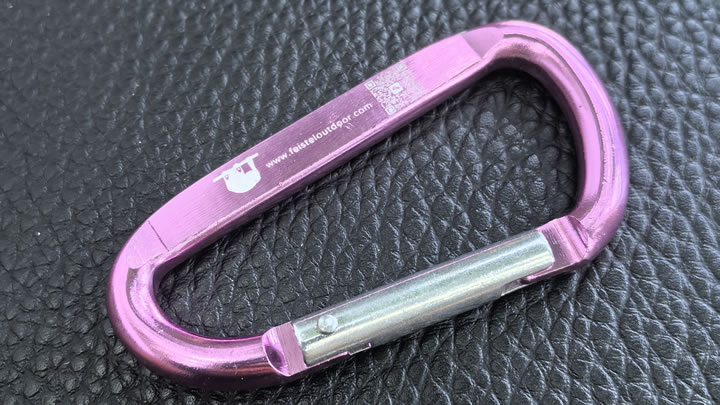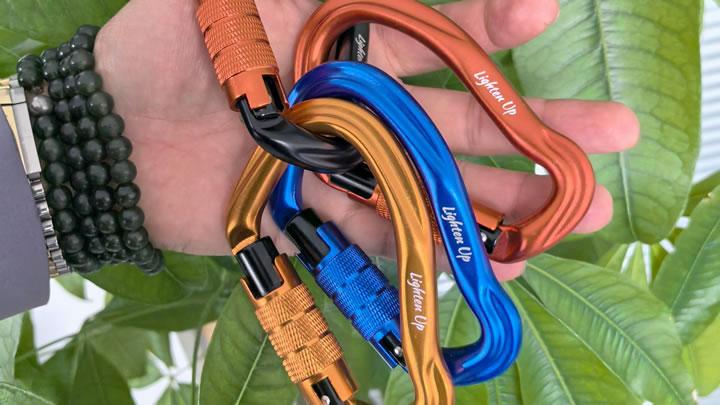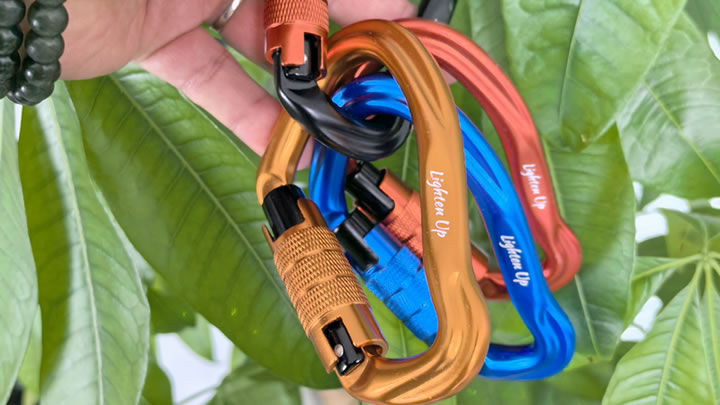What are trekking poles used for in hiking?
Trekking poles are no longer just for mountaineers – they’ve become essential gear for hikers of all levels. But what exactly do they do, and why should you consider using them? In this guide, we’ll break down the key benefits of trekking poles, how they improve your hiking experience, and when they’re most useful.
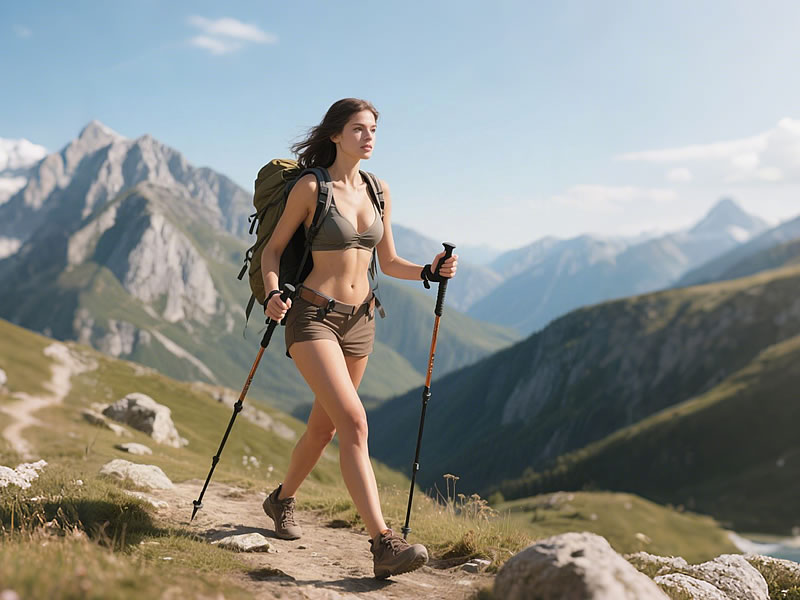
1. Better Stability & Balance
One of the biggest advantages of trekking poles is improved stability on challenging terrain:
- Prevents slips on loose rocks, mud, or snow
- Acts as extra contact points (like having "four-wheel drive" for hiking)
- Helps with stream crossings by testing water depth
- Reduces wobbling with a heavy backpack
Studies show trekking poles can lower fall risk by 30%, especially for seniors or uneven trails.
2. Reduces Joint Impact (Knees & Hips)
Trekking poles absorb shock and take pressure off your joints:
- Cuts knee strain by 20-30% on descents (per Medicine & Science in Sports & Exercise)
- Distributes weight from legs to arms/shoulders
- Helps hikers with arthritis or previous injuries
Pro Tip: Plant poles slightly ahead when going downhill to maximize shock absorption.
3. Boosts Endurance & Speed
Poles aren’t just for safety – they make hiking easier:
- Engages upper body muscles, reducing leg fatigue
- Maintains rhythm for faster, more efficient pacing
- Helps push uphill (like a "power boost" for steep climbs)
Long-distance hikers (e.g., Appalachian Trail) often report covering more miles with less fatigue using poles.
4. Multi-Purpose Trail Tool
Beyond walking aids, trekking poles can:
- Check ground stability (mud, snow depth)
- Clear spiderwebs or overgrown brush
- Support a tarp or tent (ultralight camping)
- Scare off wildlife (e.g., snakes, small predators)
When Are Trekking Poles Most Useful?
They’re especially helpful for:
✔ Steep or uneven terrain (rocky trails, mountains)
✔ Long hikes (10+ miles) or heavy backpacks
✔ Hikers with knee/hip issues
✔ Slippery conditions (rain, snow, loose gravel)
Do You Always Need Trekking Poles?
Not necessarily! They’re less critical for:
- Short, flat trails
- Fast-paced trail running
- Those who prefer minimalist hiking
FAQ
Q: How do I choose the right trekking poles?
A: Adjustable aluminum poles suit most beginners; carbon fiber is lighter for long-distance hikes.
Q: Can trekking poles damage trails?
A: Rarely, but avoid dragging poles unnecessarily to prevent erosion.
Q: Should I use one or two poles?
A: Two poles offer the best balance and joint protection.
Final Thoughts
Trekking poles are game-changers for safety, endurance, and comfort on the trail. Whether you’re a weekend hiker or a thru-hiker, they’re worth trying!
Ready to try poles? Start with an affordable pair and adjust your technique for max benefit. Happy hiking! 🏔️
#HikingTips #TrekkingPoles #HikingGear #OutdoorAdventure

